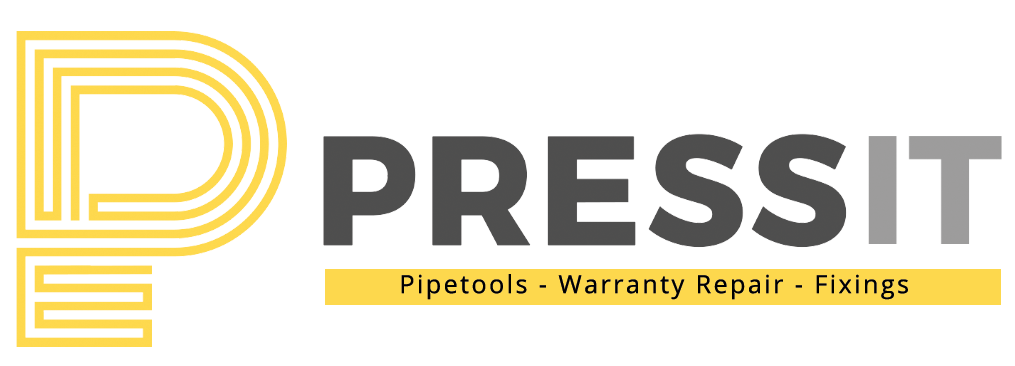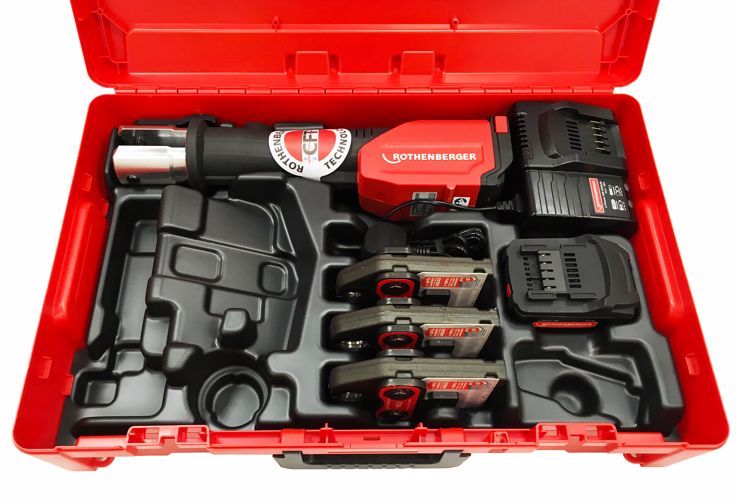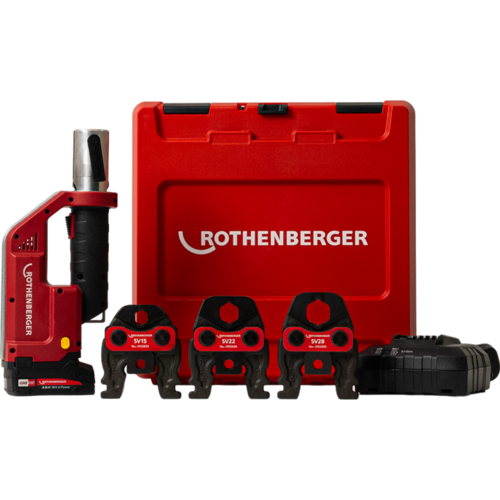Introduction to Rothenberger Press Tools
Rothenberger press tools are among the most trusted solutions in the professional plumbing and HVAC world. Built with German engineering precision, they’ve revolutionised how pipe fittings are joined — eliminating the need for soldering, welding, or threading. But for beginners, understanding their operation can feel a bit overwhelming.
This guide walks you through how Rothenberger press tools work, why they're better than traditional joining methods, and how to use them confidently. Whether you're a DIY enthusiast or a budding tradesperson, this guide will give you the foundational knowledge to get started.
Why Use Press Tools Instead of Traditional Methods?
Modern installations demand efficiency, reliability, and safety. Press tools offer all three — and more.
Time-Saving Benefits
Traditional soldering or threading can take a lot of time, especially in tight or hazardous environments. Pressing a joint, on the other hand, takes just seconds. No waiting for pipes to cool or adhesives to cure. It's a plug-and-play system once you're set up.
Enhanced Joint Security
Press joints are factory-tested to meet high-pressure standards. When used correctly, they provide leak-proof seals that are both robust and long-lasting. Plus, there's less room for human error compared to soldering.
Key Components of Rothenberger Press Tools
Understanding the parts of the tool is key to mastering its use.
Press Jaws
These are interchangeable jaws or rings that clamp around the fitting. Their size must match the pipe diameter. The jaws apply uniform pressure, ensuring a consistent, airtight seal.
Hydraulic Mechanism
The hydraulic motor (battery- or mains-powered) applies the high-pressure force necessary for cold pressing the fitting onto the pipe. This pressure is typically between 30-40kN, strong enough to deform metals like copper or steel.
Control Interface
Modern Rothenberger models feature LED displays, error messages, and battery level indicators. These make operation more intuitive and reduce the risk of misuse.
Types of Rothenberger Press Tools
Depending on your workload and access needs, Rothenberger offers a variety of models.
Manual Press Tools
These are rare today but still useful for tight spaces where electricity or batteries are impractical. They rely on physical force applied through levers.
Battery-Operated Press Tools
The most popular option. These tools offer cordless freedom and high power output. Batteries are usually lithium-ion and offer hundreds of presses per charge.
Corded Electric Models
Ideal for workshop settings where constant power is required. These models are typically more affordable than battery-powered options but less portable.
How Rothenberger Press Tools Work – Step-by-Step Process
Let’s break down how to use a press tool properly.
Step 1: Preparation and Pipe Cutting
Begin by measuring and cutting the pipe to the desired length. Use a pipe cutter for a clean, straight edge. Avoid using hacksaws as they leave burrs.
Step 2: Fitting Selection and Placement
Choose the correct fitting compatible with the pipe material. Slide the fitting onto the pipe fully, ensuring it’s properly aligned.
Step 3: Aligning the Press Jaw
Attach the correct size jaw to the tool. Position the jaw over the fitting’s press sleeve. The jaw should rest squarely over the intended press point.
Step 4: Activating the Press
Activate the tool via the trigger or button. The jaws will close under high pressure and compress the fitting onto the pipe. Once the cycle is complete, the tool will automatically release.
Compatible Materials for Pressing
Rothenberger press tools are designed to work with a range of materials.
Copper
Widely used in domestic plumbing and heating. Pressing copper is fast and ensures a strong seal.
Stainless Steel
Often used in commercial systems for added strength and corrosion resistance.
PEX Systems
While less common in the UK compared to copper, Rothenberger makes adapters for pressing PEX fittings with metal sleeves.
Common Applications in Plumbing and HVAC
Domestic water supply systems
Central heating installations
Gas pipe installations (with appropriate certification)
Air conditioning and refrigeration lines
Whether you're retrofitting or installing new systems, press tools improve reliability and speed.
Safety Features and Best Practices
Safety is baked into the Rothenberger tool design:
Auto-shutdown: Prevents misuse when the battery is low or cycle isn’t complete
Jaw recognition: Ensures the right tool is used for the fitting
Overpressure protection: Prevents damage from accidental misuse
Best Practices Include:
Always clean the pipe and fitting before pressing
Use Rothenberger-approved fittings only
Keep hands clear of moving jaws during operation
Check calibration every 12 months
Maintenance and Longevity of Your Tool
Keeping your press tool in top shape means:
Regularly cleaning and oiling the jaws
Storing in a dry, dust-free case
Replacing batteries after 500 charge cycles
Getting annual calibration and servicing from an authorised dealer
Troubleshooting Common Issues
| Problem | Cause | Solution |
|---|---|---|
| Tool doesn’t press | Dead battery | Recharge or replace battery |
| Jaws not closing fully | Misaligned fitting | Reposition jaws |
| Leak after pressing | Incorrect fitting used | Replace with correct fitting and re-press |
| Tool error lights flashing | Needs service | Contact Rothenberger support |
FAQs
1. Can Rothenberger press tools be used on gas lines?
Yes, but only with specific gas-rated fittings and proper certification.
2. How often should I service my press tool?
Once every 12 months or after 10,000 cycles — whichever comes first.
3. What’s the difference between M-profile and V-profile jaws?
They’re designed for different fitting systems. Always use the profile that matches your fitting brand.
4. Are press fittings reusable?
No. Once pressed, the fitting is permanently deformed and cannot be reused.
5. Can I use a press tool in wet conditions?
Not recommended unless the model is water-resistant and you're following safety precautions.
6. How many presses can a battery perform?
Most Rothenberger batteries offer between 200–400 presses per full charge.
Conclusion
Rothenberger press tools offer unmatched convenience, precision, and reliability for both novice and professional tradespeople. Their ease of use, coupled with strong, leak-free joints, has made them the industry standard in modern pipework. By understanding the tools, components, and best practices, even a beginner can achieve professional-grade results confidently.



